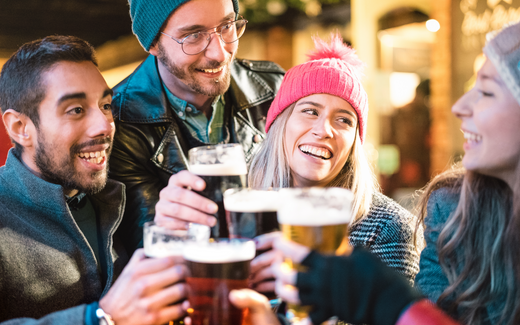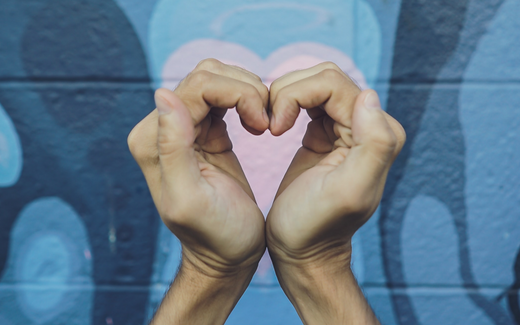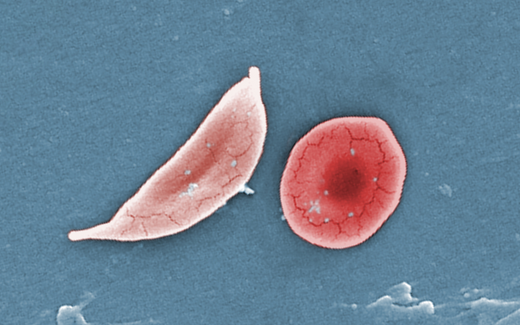Drinking won’t affect your iron levels unless it reaches heavy levels—here’s how to avoid them
Drinking alcohol can affect your iron levels, but only if you drink in excess. So the occasional glass of wine or eggnog won’t put you at a major risk of anemia or iron deficiency.
Many of us here enjoy a nice glass of wine or beer at the end of a long hard day (including those of us with anemia). This blog is not here to tell you that you can’t drink, but we want you to be educated about how it can impact your overall health and your anemia risk. At the end of the day, it may not be the alcohol itself that you need to worry about when it comes to your hemoglobin and iron levels.
It is important to note that drinking alcohol can make symptoms of anemia worse by interfering with the absorption of iron and other nutrients that are essential for maintaining a healthy blood supply. Alcohol can also make you feel tired and weak. If you have anemia, it’s important to talk to your doctor about how much alcohol is safe for you to consume.
Alcohol and Excess Iron
Your body is not the same after a few drinks and neither are your iron levels. The equation is simple: heavy alcohol use can actually cause excess iron levels in the body. Believe it or not, this is one of the few cases where even mild drinking can impact your iron levels.
The reason why is pretty complicated, but stick with us here. Your liver produces a hormone called hepcidin, and its main role is to regulate iron metabolism. That is, it makes sure your body gets the Goldilocks level of iron—not too much, not too little, but just right.
Alcohol gets right in the way of that process. Let’s say your body’s a warehouse and iron is the packages being carried in and out of it. Hepcidin, in this example, would be the inventory manager keeping track of all the boxes, and one of its jobs is to make sure the warehouse doesn’t get overwhelmed.
Enter alcohol, which distracts the manager while a truckload of ferritin (a protein that stores iron in your cells) gets delivered behind their back.
Now it should be said that, depending on your iron levels, this could be a good or bad thing. Is it a reason to order another round? Absolutely not.
The symptoms of excess iron are similar to iron deficiency, and include:
- Joint pain
- Abdominal pain
- Fatigue
- Weakness
- Diabetes
- Loss of sex drive
- Impotence
- Heart failure
- Liver failure
- Bronze or gray skin color
- Memory fog
Excess iron can also lead to liver disease.
It’s Not Just the Alcohol
There are other factors other than the drink itself to take into consideration when it comes to alcohol and your health. To put it bluntly, we don’t generally make the best decision after a few rounds.
Alcohol can cause you to make poor dietary choices (you’re probably not going to go for iron-rich foods for your late night snack), and make you more of a daredevil than you would be otherwise.
If you’re going for a mixed drink, you may also want to consider how the added sugar may impact your health. High blood sugar levels have been shown(3) to increase your anemia risk.
AnemoCheck Mobile Yourself
We can’t repeat this enough: One drink will not put you at a major risk of anemia or iron deficiency. But that’s a general rule, and everyone reacts differently.
To help put your mind at ease, check your hemoglobin levels before you hit the town by using AnemoCheck Mobile. You can also use it the morning after to see if and how drinking impacted your overall iron and hemoglobin levels.
Click here to download the app via the iOS or Android app stores.
References
- Cylwik B, Chrostek L. Zaburzenia metabolizmu kwasu foliowego i homocysteiny w warunkach naduzywania alkoholu
. Pol Merkur Lekarski. 2011;30(178):295-299. - Lim DJ, Sharma Y, Thompson CHVitamin C and alcohol: a call to actionBMJ Nutrition, Prevention & Health 2018;bmjnph-2018-000010. doi: 10.1136/bmjnph-2018-000010
- Soliman AT, De Sanctis V, Yassin M, Soliman N. Iron deficiency anemia and glucose metabolism. Acta Biomed. 2017;88(1):112-118. Published 2017 Apr 28. doi:10.23750/abm.v88i1.6049





Leave a comment
This site is protected by hCaptcha and the hCaptcha Privacy Policy and Terms of Service apply.